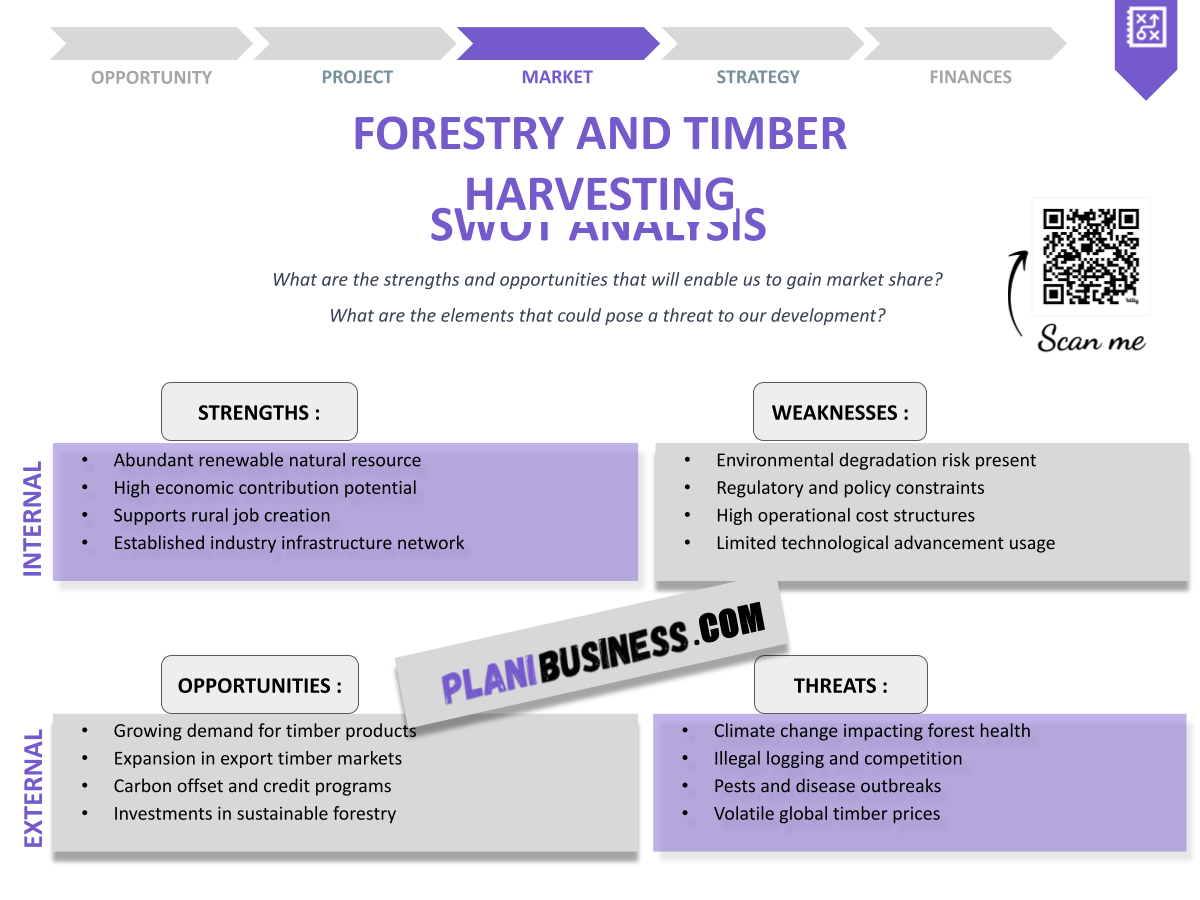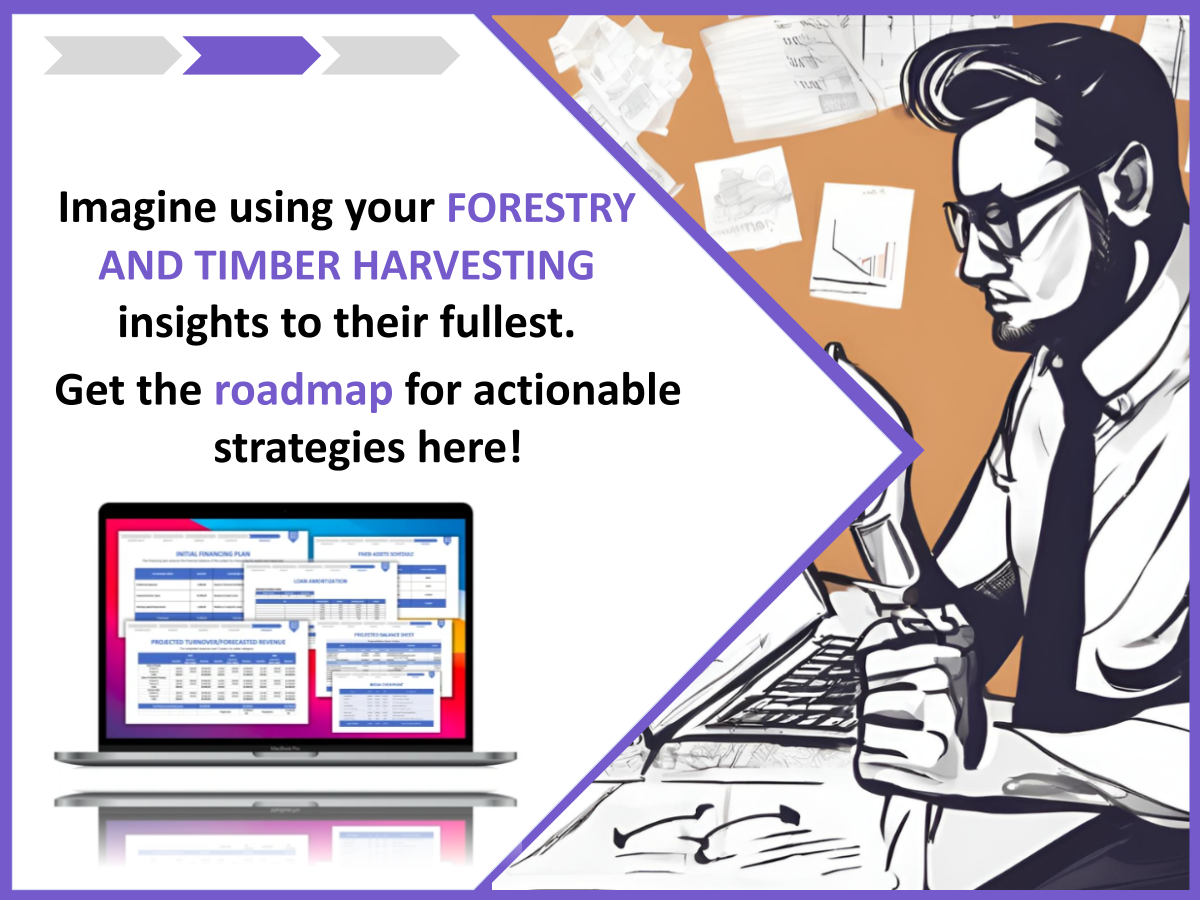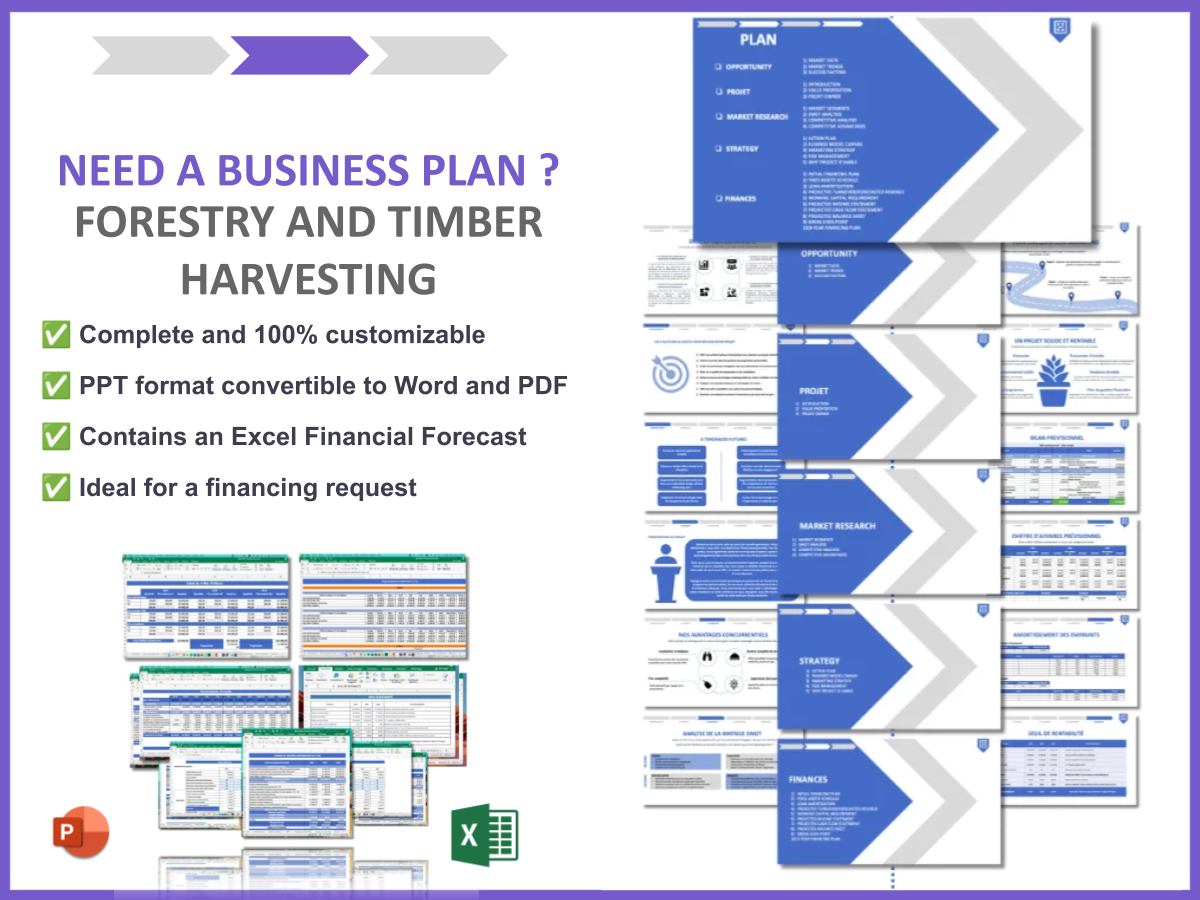Why Should You Have a SWOT Analysis for Forestry and Timber Harvesting?
Are you in the forestry or timber industry? You’re not alone! This sector is crucial for our economy and environment. Did you know that the global forestry market is projected to reach $600 billion by 2025? That’s a staggering figure that highlights the importance of understanding your business’s strengths and weaknesses. A SWOT analysis—assessing Strengths, Weaknesses, Opportunities, and Threats—can be a game-changer.
A SWOT analysis helps you navigate the complexities of the forestry industry, allowing you to make informed decisions that can lead to sustainable growth. It’s not just a buzzword; it’s a tool that can help you capitalize on opportunities while mitigating risks.
10 Key Takeaways:
- Understand internal strengths and weaknesses
- Identify external opportunities and threats
- Enhance decision-making processes
- Foster strategic planning
- Improve resource allocation
- Encourage team collaboration
- Increase market competitiveness
- Boost financial performance
- Support sustainable practices
- Align goals with industry trends
How Do You Write a SWOT Analysis for Forestry and Timber Harvesting?
Creating a SWOT analysis involves a structured approach. Here’s how you can effectively write one.
Strengths
Identify what your organization excels at, such as high-quality timber production or innovative harvesting techniques.
Consider your team’s expertise and experience in the industry.
Assess your operational efficiencies and advanced technology usage.
Highlight strong relationships with suppliers and customers.
Weaknesses
Evaluate areas where you may lack resources or expertise.
Consider financial constraints that may limit growth.
Identify operational inefficiencies that could be improved.
Assess potential regulatory compliance issues.
Opportunities
Look for emerging markets or trends in sustainable timber use.
Consider technological advancements that can enhance productivity.
Identify partnerships with environmental organizations.
Explore government incentives for sustainable practices.
Threats
Acknowledge competition from other timber producers.
Consider environmental regulations that may impact operations.
Assess risks from climate change affecting forest health.
Identify market fluctuations that could affect timber prices.
SWOT Example N°1 for Timber Production
In this example, we analyze a mid-sized timber production company.
| SWOT | Analysis |
|---|---|
| Strengths | High-quality timber, strong market presence |
| Weaknesses | Limited financial resources |
| Opportunities | Growing demand for sustainable timber |
| Threats | Increasing competition |
Resume-Liste:
- High-quality output
- Established customer base
- Need for financial growth
- Competitive market pressures
This example shows how recognizing strengths can bolster confidence while addressing weaknesses can lead to strategic improvements.
SWOT Example N°2 for Timber Harvesting Techniques
Here, we focus on a company specializing in innovative harvesting techniques.
| SWOT | Analysis |
|---|---|
| Strengths | Cutting-edge technology, skilled workforce |
| Weaknesses | High operational costs |
| Opportunities | Technological advancements |
| Threats | Economic downturns affecting budgets |
Resume-Liste:
- Advanced technology
- Skilled team
- High costs
- Economic risks
This case illustrates how leveraging technology can create opportunities while being mindful of cost management is essential for sustainability.
SWOT Example N°3 for Sustainable Forestry Practices
This example explores a company dedicated to sustainable forestry practices.
| SWOT | Analysis |
|---|---|
| Strengths | Strong commitment to sustainability |
| Weaknesses | Higher production costs |
| Opportunities | Increased consumer preference for eco-friendly products |
| Threats | Regulatory changes |
Resume-Liste:
- Sustainability focus
- Higher costs
- Growing market demand
- Regulatory challenges
This highlights the importance of aligning practices with consumer preferences while navigating potential regulatory hurdles.
SWOT Example N°4 for Timber Supply Chain Management
An analysis of a company focusing on supply chain efficiency.
| SWOT | Analysis |
|---|---|
| Strengths | Efficient supply chain logistics |
| Weaknesses | Dependence on a few suppliers |
| Opportunities | Expanding into new markets |
| Threats | Supply chain disruptions |
Resume-Liste:
- Efficient logistics
- Supplier risks
- Market expansion
- Disruption threats
This example underscores the need for diversification in suppliers to mitigate risks while optimizing logistics.
SWOT Example N°5 for Reforestation Initiatives
Here, we analyze a company involved in reforestation.
| SWOT | Analysis |
|---|---|
| Strengths | Strong community ties |
| Weaknesses | Limited funding |
| Opportunities | Government grants for reforestation |
| Threats | Climate change impacts |
Resume-Liste:
- Community engagement
- Funding limitations
- Grant opportunities
- Climate threats
This case highlights how community engagement can enhance funding opportunities while emphasizing the importance of climate resilience.
SWOT Example N°6 for Timber Industry Consulting
Focused on a consulting firm in the timber industry.
| SWOT | Analysis |
|---|---|
| Strengths | Expert consultants |
| Weaknesses | Niche market |
| Opportunities | Growing demand for consultancy services |
| Threats | Competition from established firms |
Resume-Liste:
- Expertise
- Market niche
- Demand growth
- Competitive landscape
This example illustrates how expertise can create a competitive edge while recognizing market limitations.
SWOT Example N°7 for Urban Forestry
An analysis of a company involved in urban forestry initiatives.
| SWOT | Analysis |
|---|---|
| Strengths | Innovative urban solutions |
| Weaknesses | Limited public awareness |
| Opportunities | Growing urbanization |
| Threats | Urban development pressures |
Resume-Liste:
- Innovation
- Awareness challenges
- Urban growth
- Development pressures
This case demonstrates the potential for growth in urban areas while addressing public engagement needs.
SWOT Example N°8 for Timber Product Manufacturing
Examining a timber product manufacturing company.
| SWOT | Analysis |
|---|---|
| Strengths | High-quality products |
| Weaknesses | High production costs |
| Opportunities | Export markets |
| Threats | Global competition |
Resume-Liste:
- Quality assurance
- Cost issues
- Export potential
- International competition
This example shows how quality can be a unique selling proposition but also highlights cost management in a competitive market.
SWOT Example N°9 for Timber Logistics Services
An analysis of a logistics service focused on timber transportation.
| SWOT | Analysis |
|---|---|
| Strengths | Established transport networks |
| Weaknesses | High fuel costs |
| Opportunities | Expansion into new regions |
| Threats | Regulatory changes |
Resume-Liste:
- Strong networks
- Fuel expenses
- Regional growth
- Compliance issues
This highlights the importance of network strength while being mindful of operational costs and regulations.
SWOT Example N°10 for Eco-Friendly Timber Products
Focusing on a company producing eco-friendly timber products.
| SWOT | Analysis |
|---|---|
| Strengths | Eco-friendly certifications |
| Weaknesses | Higher costs |
| Opportunities | Rising demand for green products |
| Threats | Market saturation |
Resume-Liste:
- Eco-certifications
- Cost challenges
- Demand increase
- Saturation risks
This example emphasizes the growing market for eco-friendly products while recognizing the need for cost-effective solutions.
Conclusion
In summary, conducting a SWOT analysis for forestry and timber harvesting is vital for navigating the complexities of this industry. By understanding your strengths, weaknesses, opportunities, and threats, you can make informed decisions that lead to sustainable growth. If you’re looking for a solid foundation to build your business, consider checking out this business plan template for Forestry And Timber Harvesting. It can guide you through the essential steps and strategies needed for success.
Additionally, you can explore our articles on How to Begin a Forestry And Timber Harvesting Business? and How to Start a Forestry And Timber Harvesting Marketing Plan? With Example. These resources will provide further insights and practical advice to enhance your understanding and implementation of effective strategies in the forestry sector.
FAQ
1. What is a SWOT analysis?
A SWOT analysis is a strategic tool used to assess the strengths, weaknesses, opportunities, and threats associated with a business or project, helping to identify areas for improvement and growth.
2. Why is a SWOT analysis important for the timber industry?
It is crucial for understanding the competitive landscape, facilitating better decision-making, and identifying growth opportunities in the timber industry.
3. How frequently should a SWOT analysis be conducted?
It is advisable to perform a SWOT analysis annually or whenever significant changes occur within the market or your business.
4. What strengths should I look for in a forestry business?
Common strengths include quality production, experienced personnel, and strong relationships with suppliers and customers in the forestry sector.
5. What are some typical weaknesses in timber businesses?
Look for weaknesses such as limited resources, high operational costs, or difficulties in meeting regulatory requirements.
6. How can opportunities be identified in forestry?
Opportunities can be uncovered through market research, industry trends, and feedback from customers regarding sustainable timber products.
7. What threats should I consider in the timber industry?
Consider threats such as competition from other timber producers, environmental regulations, and market fluctuations that may impact pricing.
8. Can a SWOT analysis improve decision-making?
Absolutely! It provides a clear framework for understanding your business environment, allowing for more informed and strategic decisions.
9. Are there tools available for conducting a SWOT analysis?
Yes, various software tools and templates are available to help streamline the process of creating a SWOT analysis.
10. How can I implement findings from a SWOT analysis?
Use the insights gained to develop actionable strategies that leverage strengths, address weaknesses, seize opportunities, and mitigate threats effectively.







